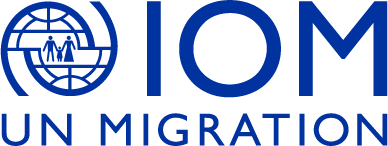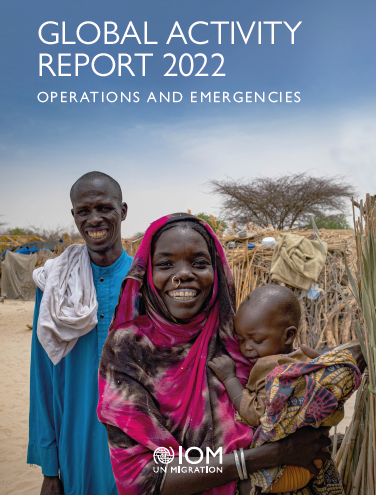| Crisis Response Plan | Severity Index | PEOPLE TARGETED | Funding Requested | Funding Confirmed | Funding Percent |
|---|
The map used here is for illustration purposes only. Names and boundaries do not imply official endorsement or acceptance by IOM.
Upcoming CRPs show tentative funding required and people targeted. Global totals may be revised as CRPs are fully published.
IOM Global Crisis Response
Human mobility is inextricably related to instability and fragility. Crises often occur in contexts of chronic underdevelopment, with the impacts of climate change exacerbating the risk of conflict, social unrest and forced movements. IOM’s comprehensive, inclusive and people-centered responses, guided by the institutional Migration Crisis Operational Framework (MCOF), are grounded in sound analysis and built on strong partnerships, focused on saving lives and protecting those on the move, while investing in reducing needs, vulnerabilities and risks and building resilient and peaceful societies. Read more...
In 2024, 299 million people will need humanitarian assistance and protection as a result of natural hazards, conflict, violence and other human right violations. These populations also have longer-term needs which must be addressed to enable their recovery from the impacts of crises and to strengthen their resilience to potential future risks of crisis and displacement. With both conflict and disaster-induced displacement evident in many countries, it is expected that higher numbers of people will move in and out of situations of vulnerability, stemming from a range of drivers including climate change, instability, poverty and exploitation.
IOM’s Crisis Response Plans, span the humanitarian-development-peace nexus, and contextualize the Organization’s efforts to effectively and holistically meet the needs of populations impacted by crisis and fragility while investing in averting, minimizing and addressing the drivers of crises and displacement and co-creating sustainable solutions. As people of different genders, age, cultural and socio-economic status, and other vulnerabilities face different risks and are affected differently by crises, IOM ensures that these specificities are taken into account. IOM's people-centered approach ensures that needs are met, rights are protected and resilience is built, with accountability to affected populations an institutional commitment. IOM further collaborates with Governments, civil society, academia and a growing number of private sector actors to understand and together address the mobility dimensions of crisis.
1 According to the Global Humanitarian Overview to which IOM contributes
Top Donors in 2024
See all donors on the 2024 DashboardAbout this Platform
IOM’s Global Crisis Response Platform provides donors and partners with an overview of IOM’s plans and associated funding needs in 2024 and beyond, responding to the evolving needs and aspirations of those impacted by, or at risk of, crisis and displacement. The Platform is regularly updated as crises evolve and new situations emerge.
Complementing humanitarian assistance and protection, which is central to IOM’s crisis response, the Organization also engages in development-orientated activities addressing the drivers and longer-term impacts of crisis and displacement as well as supporting preparedness and disaster risk reduction in fragile areas. This comprehensive crisis response is reflected on this Platform and individual Crisis Response Plans.

